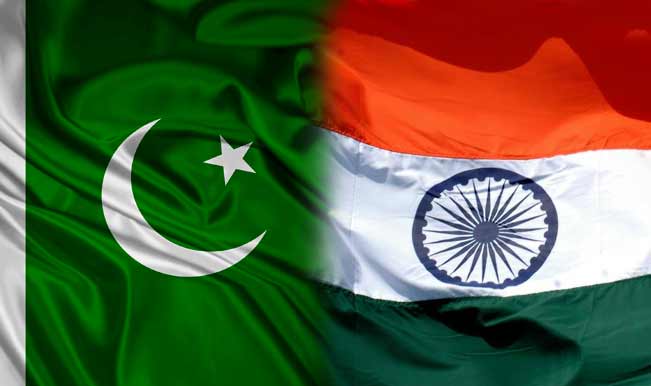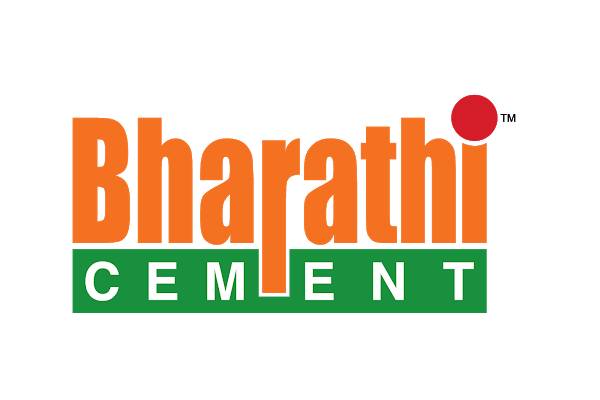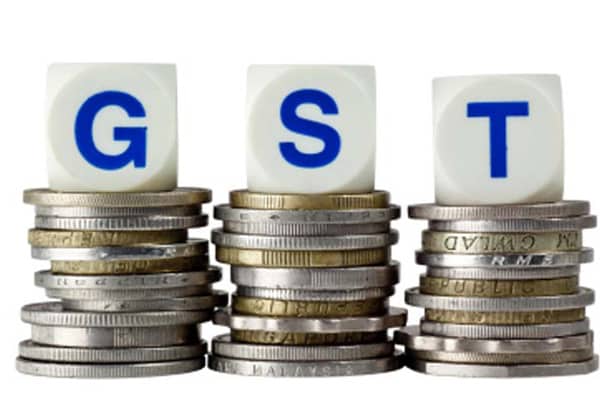Exporters are having a tough time since the roll-out of the new indirect tax regime as the online facility to claim refunds is not yet available, with many even postponing shipments as they grapple with low funds, stakeholders and experts have said.
The worries are greater for small and medium exporters who have a turnover of less than Rs 20 crore as their cost of working capital has significantly risen with refunds not coming so far under the Goods and Services Tax (GST) regime.
“We estimate an additional working capital of Rs 1.5 to Rs 2 crore for us. At present, refunds can’t be claimed as Goods and Services Tax Network (GSTN) system is not yet operational. We have to pay GST on procurement and also keep control on all vendors to ensure that they pay GST,” Vilas Phule, CFO, Magna Steyr India, which exports engineering services in the automobile sector, told IANS.
The company with a monthly turnover of Rs 6 crore to Rs 8 crore, exports services worth Rs 4 crore to Rs 6 crore every month.
Certainly, this was putting exporters in a lot of working capital pressure, he added.
Jigar Doshi, Partner, SKP Business Consulting, said: “At present, exporters are unable to file refund claims online as no facility/utility is available at GSTN website and is unknown as to when it will be made available. Now, working capital blockage is proving to be big hurdle particularly for small exporters, who do not have deep pockets.”
GST expert Pritam Mahure said, “In GST regime, exporters are facing challenges as the upfront exemption is not available and given this working capital of exporters is getting blocked. I hope that the government forms a high level committee to address their challenges or else the working capital blockage can derail the struggling exports scenario in India.”
In the previous indirect tax regime, exporters enjoyed upfront tax exemption on goods to be exported. But under GST, exporters are procuring goods and services on payment of GST. This credit of GST, which is available with exporters is supposed to be claimed as refund.
Under GST, there is also Integrated GST applicable on the export turnover, for which there are two methods available — one to export without payment of GST (under cover of Letter of Undertaking or Bond) and second with payment of IGST and then claim refund of it.
“In our case, we have 80 per cent export of services. Hence, GST paid on procurement of services which needs to be claimed as refunds. If exemptions, similar to the one given under previous indirect tax regime, are granted then the funds blockage can be optimised along with reduction in unnecessary administrative work for paying GST and then claiming refunds,” Phule said.
The former GSTN Chairman Navin Kumar, who retired recently, said, “For exporters, it is not yet available. For exporters there is going to be a separate form where he can claim refund of IGST. Currently the online facility is not active on GST portal.”
Amar Kulkarni, CFO, Hoerbiger India, which exports gas compressor valves for the petroleum industry, said, “Given the working capital pressure, many exporters are postponing the exports and are struggling for funds. This entire process of claiming refund by exporter can be eased through upfront exemption.”
The exporter is required to capture details of monthly export for GST return and this is a tedious work, he said.
Another exporter Samir Oke, who exports thermocol for refrigerators admitted that his company was facing a problem of blockage of working capital with GST.
“Even, in case of procurement from unregistered vendors, the company is required to pay GST which further leads to increase in working capital requirement,” Oke, CFO, K K Nag Pvt Ltd, told IANS.
“We faced numerous challenges in obtaining a Letter of Undertaking for exporting goods without IGST. The said procedure was expected to be online but practically we had to visit and follow up with the authorities for the same,” he added.
Doshi said, “Prior to GST regime, there was no requirement to obtain Letter of Undertaking for exporting services, which is mandatory in GST regime and given this service exporters face numerous challenges. The government should identify key challenges faced by exporters and address the same immediately.”
Further, the refund of GST can be claimed only if the vendors pay GST and this is required to be tracked by the company, which is leading to more hassles for the exporters.
“There are various requirement as far as input tax credit is concerned. It is very difficult to communicate with numerous vendors and ensure that they are paying GST. The company is required to ensure that vendors are paying and filing returns in case of a registered vendor. In case of unregistered vendor, the company not only has pay the GST but is also required to raise the tax invoice and payment voucher, which is a tedious and time consuming process,” Oke said.
Hoerbiger India said, “We are being held responsible for compliance by vendor, which is unreasonable as SME exporters don’t have manpower to ensure all these.”
To add to the woes, recurring breakdowns of the GSTN system are making things worse for the exporters.
“GSTN system is not ready and we are facing numerous errors in the system during filing of GST returns,” Magna Steyr India said.
Hoerbiger India said, “Exporters are investing a lot of time during return filing process as the GSTN system is not robust. If such problems continue then the company will have to focus only on returns on that export.”
There is no surety on whether the tools or website will work on a particular day as due to traffic surge GSTN system was down multiple times, thus exporters are facing challenges in filing of GST returns, Oke protested.
Anita Rastogi, Partner, PwC – GST and Indirect Tax, said, ” The largest issue being faced by an exporter is that of additional working capital requirement. There are teething problems being faced by exporters on the procedural side. It is important that the interests of exporters are safeguarded and this should be taken on priority by the government.”































